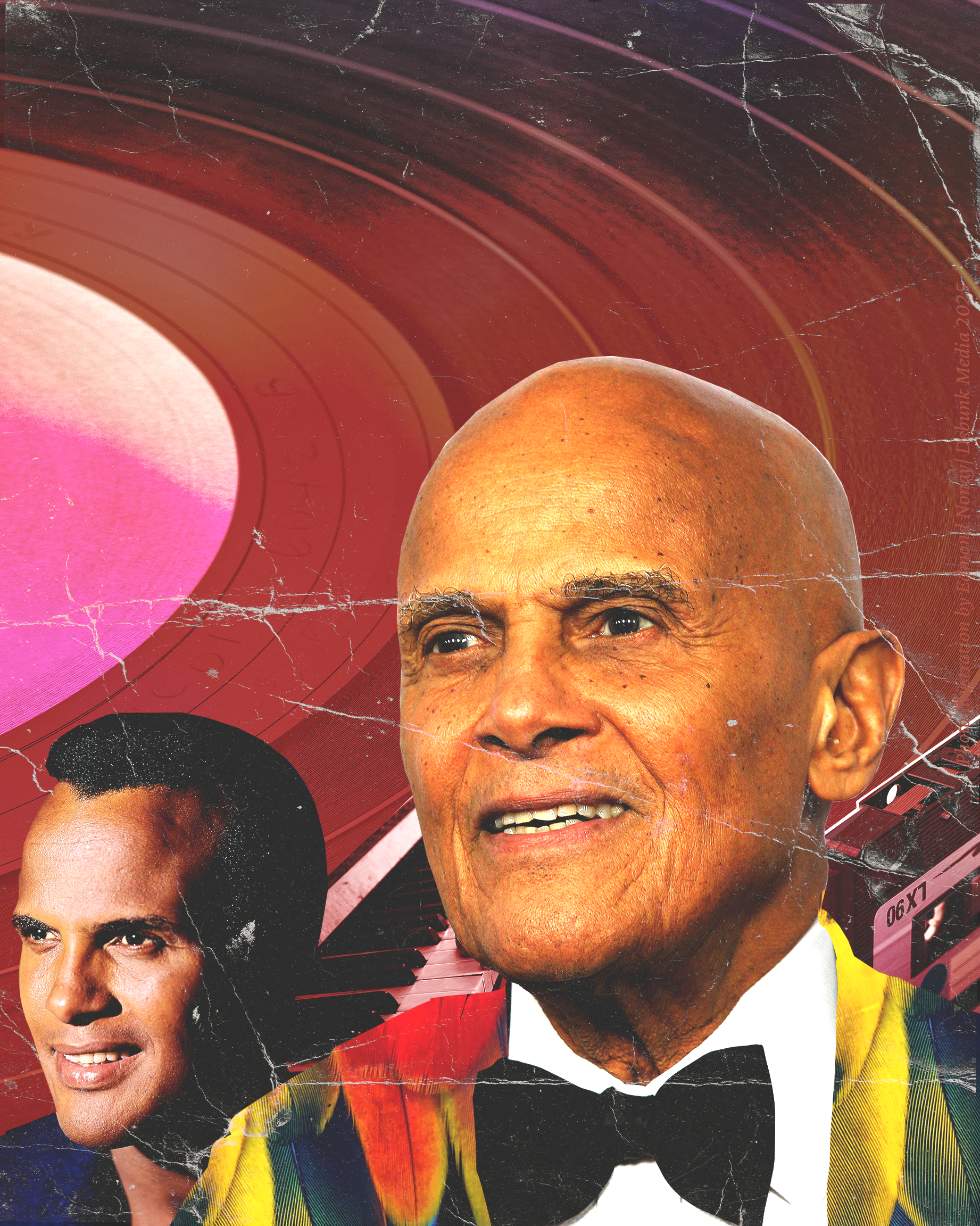Daylight has come for the banana boat man. Harry Belafonte, the 96-year-old actor, singer, and civil rights activist, passed away in his home on the Upper West Side of Manhattan.
Harold George Bellanfanti Jr was born in 1920’s Harlem, New York to Jamaican parents. Back when Harlem was the heart of the New Negro Movement, black people who refused to submit to Jim Crow and demanded a life of dignity and freedom. This was the spring of the Harlem Renaissance, an exploration of the cultural and intellectual depths of black music, black dance, black art, black fashion, black literature, black politics and academia. This era birthed the careers of writer Zora Neale Hurston and poet Langston Hughes, among other artists.
“Grim as these arrangements were, they fostered a real generosity among the tenants. Leftovers were passed along; meals were shared. Food went bad fast, even in the iceboxes cooled by big dripping block of ice. But more than practicality prompted these gestures. Poor people help one another; they always have. As I would see growing up, theirs is a world of shared vulnerabilities, of understanding, and of sympathy that the rich can never know. I never forgot the camaraderie of poverty, and never stopped feeling I was a member of that tribe. Years later, when I’d talk to the black waiters at the Palmer House in Chicago, or to a proud, poor farmer in Senegal, I wouldn’t just be saying hello. It always felt more like I was checking in.”
Excerpt from Harry Belafonte’s autobiography, ‘My Song: A Memoir of Art, Race, and Defiance’ [2011]
Decades later, the social context during the season of Belafonte’s birth would climax into the Civil Rights Movement, helmed by the late Martin Luther King Jr. When MLK was arrested following the 1963 Birmingham Confrontation which paved the way for the prohibition of racial discrimination in hiring practices and public services, it was Harry Belafonte who bailed him out of the Birmingham City Jail, as well as raising $50,000 for the release of other civil rights protestors. Alongside his best friend, the late Sidney Poitier, Belafonte joined the 300,000 who marched to the Lincoln Memorial as a mass action for the civil and economic rights of African Americans. This was the day that MLK delivered his historic ‘I Have A Dream’ Speech. Belafonte and Poitier were among the organizers of The Great March on Washington.
What you need to understand is that Belafonte’s activism is a climbing plant whose tendrils extended through every facet of his career. In 1985, Belafonte had the idea to use the sweetness of music to illuminate the bitterness that is a day-to-day reality of many in the world, even those seemingly far away. As a result, USA For Africa, was born. The supergroup comprised 47 chart toppers, hit makers, and pop stars behind the hit single, ‘We Are The World’. With an initial target of $50 Million (equivalent to $124 Million in 2023), the profits from the single, together with the external donations, were given to famine relief efforts in continental Africa. One year after the song’s release, USA For Africa achieved and exceeded their target by $2 Million.
Music was a part of Belafonte’s blood long before activism found him. He launched his music career over 70 years ago in 1940’s New York, backed by the Charlie Parker Band whose members included Charlie Parker himself, Max Roach, and Miles David among other jazz icons at the nascence of the Bebop Era. However, it was his 1956 breakthrough album ‘Calypso’ which cemented his place in the hearts of music lovers, as well as introducing the world to the rhythmic drums and harmonies of Calypso music, indigenous to the Caribbean Antilles. From there on out, Belafonte was fondly dubbed ‘The King of Calypso’. A title he accepted with hesitance since he’d never officially won Trinidad’s Calypso King Contest. Belafonte went on to release 30 studio albums and 8 live albums.
Away from the studio, Harry was one of the first black male heartthrobs to grace the screens. A dawn of a new era in cinema since prior depictions of black people on screen were the roles of servants/slaves, primitive savages, bumbling fools, or the monstrous villain. Belafonte starred as the handsome Corporal Joe serving as Dorothy Dandrige’s love interest in 1954’s ‘Carmen Jones’.
Using the advantage Carmen Jones provided him in the industry, Belafonte realized films that the white Golden Era Hollywood execs would have never signed off on. The controversial 1957 film ‘Island In The Sun’ toyed with themes of interracial love. This was controversial because at the time, miscegenation in America was still largely declared illegal and deemed immoral.
Harry Belafonte’s final role was that of an elderly civil rights pioneer in Spike Lee’s Oscar-winning film BlacKkKlansman (2018). The perfect final role for the elderly civil rights pioneer, singer and actor.
Together with his bestie, Sidney Poitier, another handsome black man on screen in 1950’s America, they obliterated previously held (and racist) stereotypes that black men could not be lead actors in high-budget productions. That black men were not seen as desirable.
Sidney Poitier paved the way to heaven for his best friend, having made his transition to the ethereal realm in January 2022. Now together, Belafonte and Poitier dance the calypso on that final island in the sun. A dance for all eternity.
They say that God sheds a tear of relief when a black man passes from the natural causes of old age. Seeing Harry Belafonte at the golden gates would be enough to make God shed two.

